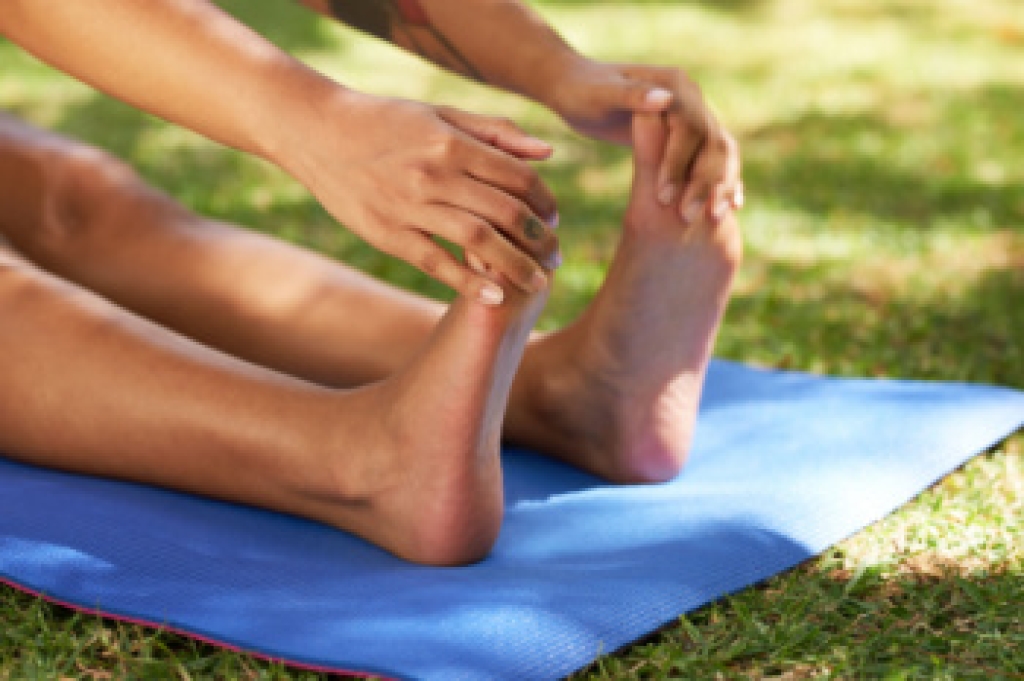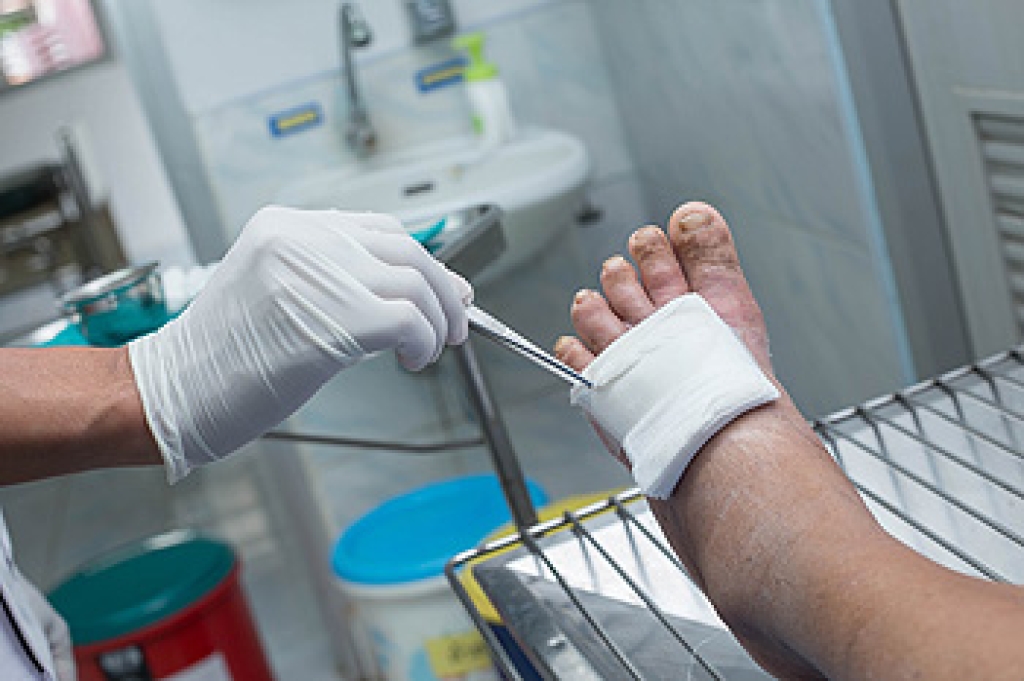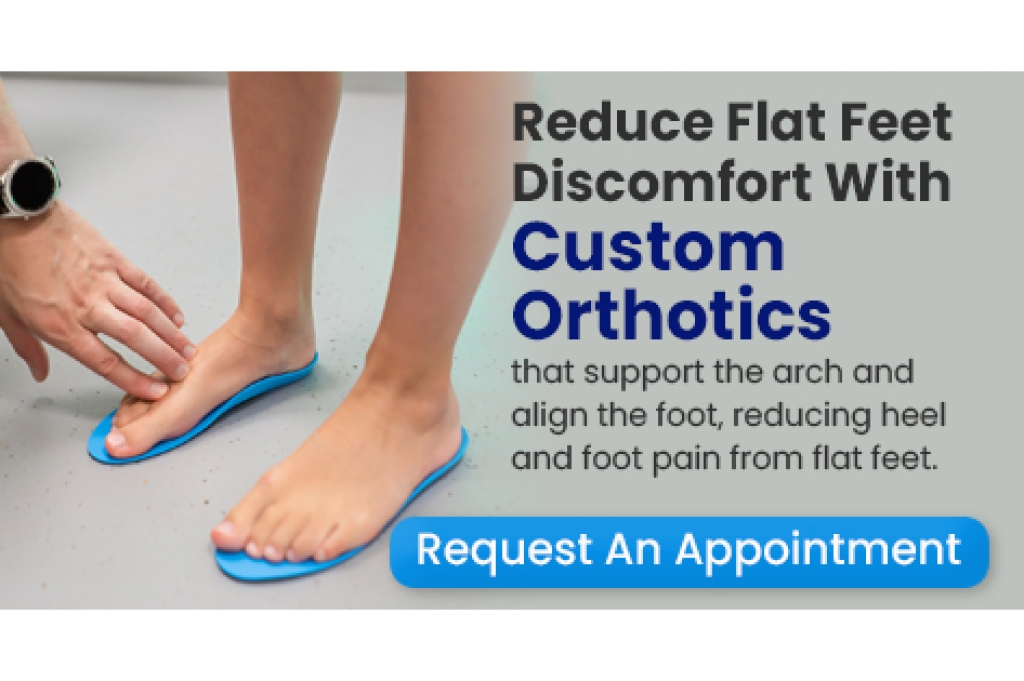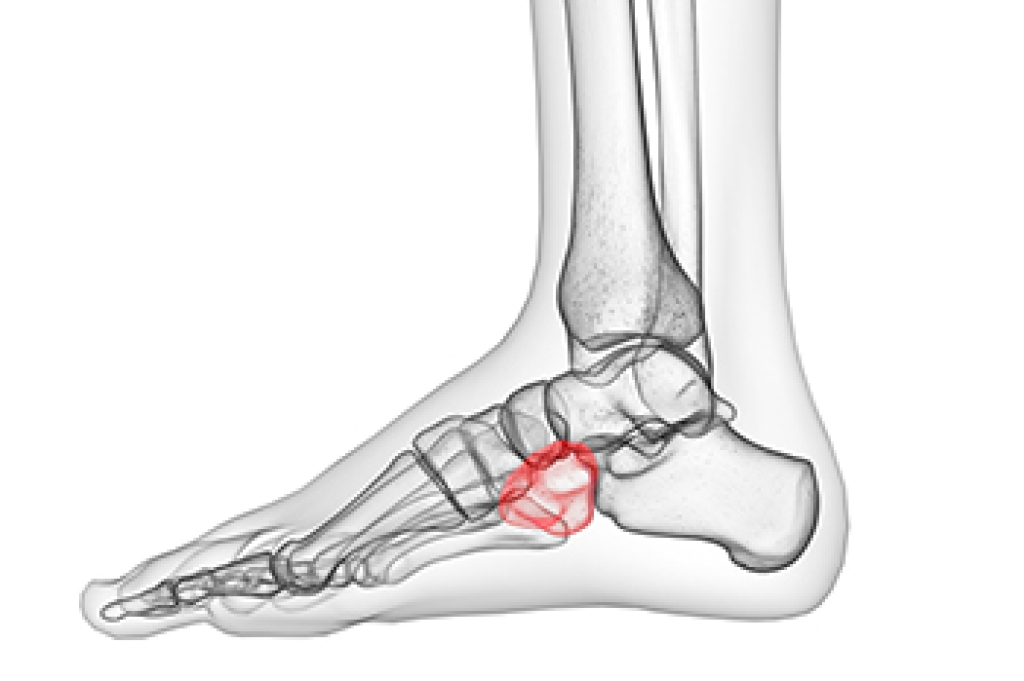
Tight ankles, tight calves, and foot pain are common issues that can affect daily movement and overall comfort. Regular foot exercises can help improve flexibility, increase circulation, and reduce discomfort. Gentle stretching of the calves and ankles helps release tension and improve range of motion. Rolling the foot over a small ball or a frozen water bottle can massage the arch and ease soreness. Toe raises and heel lifts strengthen the muscles that support the foot and ankle, providing greater stability. Additionally, practicing controlled ankle circles can also enhance mobility. These exercises can be done at home and require minimal equipment. If you have foot pain, it is suggested that you consult a podiatrist who can guide you toward effective foot stretches for relief.
Exercising your feet regularly with the proper foot wear is a great way to prevent injuries and build strength. If you have any concerns about your feet, contact one of our podiatrists from Biebel & DeCotiis Podiatry Associates. Our doctors can provide the care you need to keep you pain-free and on your feet.
Exercise for Your Feet
Exercise for your feet can help you gain strength, mobility and flexibility in your feet. They say that strengthening your feet can be just as rewarding as strengthening another part of the body. Your feet are very important, and we often forget about them in our daily tasks. But it is because of our feet that are we able to get going and do what we need to. For those of us fortunate enough to not have any foot problems, it is an important gesture to take care of them to ensure good health in the long run.
Some foot health exercises can include ankle pumps, tip-toeing, toe rises, lifting off the floor doing reps and sets, and flexing the toes. It is best to speak with Our doctors to determine an appropriate regimen for your needs. Everyone’s needs and bodies are different, and the activities required to maintain strength in the feet vary from individual to individual.
Once you get into a routine of doing regular exercise, you may notice a difference in your feet and how strong they may become.
If you have any questions, please feel free to contact one of our offices located in Holmdel and Middletown, NJ . We offer the newest diagnostic and treatment technologies for all your foot care needs.




